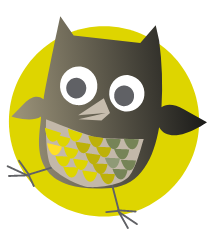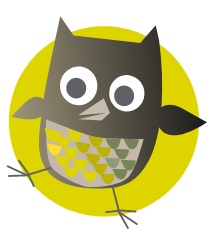A love of books is one of the greatest gifts you can give your child.
Studies have shown that children who read for pleasure are more likely to do well at school – and the earlier you start, the better. But how do you choose from the huge number of wonderful books available? Children’s librarian Greta Paterson shares her top tips for choosing books for ages 3–7.
1. Let your child follow their interests
Some children will love scary stories, others prefer funny stories, and many love to follow a series or favourite author. Some children prefer factual books. Children who struggle with reading may prefer comic books or short stories. There is no one correct type of reading material!
If your child likes fantasy stories, Harriet Muncaster’s top 10 magical books or Matty Long’s top 10 fantasy books for under 5s might appeal. These books to inspire your young scientists are great for non-fiction lovers, and the higher end of the age range might like our picture books for older readers.
2. Make sure they are age-appropriate
Younger children will love board books and picture books, bright colours, repetition of words or rhymes, or books that invite you to touch, scrunch and prod!
Beginner readers like short stories with pictures and children around age 7+ will be ready for short chapter books. Some books have helpful age guidelines on the back. However, you should always remember that is just what they are: guidelines. Whilst it is important to select age-appropriate books, many children will be better suited to books aimed a little above or a little below their actual age.
3. Make sure they suit your child’s ability
Are the words used appropriate for your child’s reading ability? Many teachers advise that if there are more than five hard words on a sample page in early reading books, the book is too difficult. It’s not a good idea to push your child to read books they are not ready for yet – that could put them off reading for good.
To find books carefully levelled to suit your child’s age and ability, take a look at our new Read with Oxford series.
“Choose books you think your child will enjoy, or better still, let them choose. And remember, your child doesn’t have to finish a book if they discover they don’t like it. Reading should be fun.”
4. Look at the book!
Does the cover make your child want to pick it up? Does the blurb make you or them want to read it? Is the print clear and well spaced on the page? Are the pictures bright and colourful? Is the story easy to read aloud?
You could ask your child to read a page at random to see if they like the style. If you’re picking a bedtime story for a younger reader, try reading it aloud.
5. Seek out recommendations
Talk to other parents, children and teachers, or ask your local bookseller or librarian. Newspapers and magazines sometimes have reviews of children’s books and specialist children’s book magazines can be an excellent source of information.
If your child has a favourite author or is addicted to a series of books then choosing is easy, but what happens when they have read them all? Your local children’s librarian or bookseller will be able to suggest similar books, or you can try some of these websites:
- Books for Keeps: The UK’s leading children’s book magazine. Its issues are free to download from the website and include book reviews, author interviews, and lists of recommendations.
- Book Trust Children’s books: Recommendations from the UK’s largest children’s reading charity. Its Bookfinder feature is extremely useful for discovering books by theme or interest.
- Words for Life: Created by the National Literacy Trust, this site includes book recommendations from birth to 11 years.
- Carousel: Published three times a year, this subscription magazine has up-to-date reviews on all kinds of children’s fiction, as well as in-depth interviews with authors and illustrators.
- LoveReading4Kids: With a vast library of over 300,000 books, you’re bound to find something to satisfy the pickiest of readers on this recommendation site.

